The construction industry has the reputation of being a hard hat, hands-on, trade specific and ‘blue collar’ business. Many ironworkers, when asked why they do the work they do, will talk about a time when they started as a laborer, got up on some steel, and they were hooked. One of our apprentices who just completed his NCCER apprentice training, becoming a full journeyman, shared his thoughts:
“Oh boy!!! The feeling you get watching pieces fly into your position to connect. The feet, the miles of weld you lay. The feeling of being the baddest trade ever to step onto any construction site. The feeling of other trades watching you as you’re 10 feet or 400 feet off the ground. That is the feeling like no other. Being an Ironworker is not for everybody. But those who are, are incredible human beings.”
But even though construction continues to be the choice of hard working people, interested in building with their hands and being proud of a finished product that they can point to, they are finding a place and purpose for tablets and software, as well as for Facebook and Yammer.
 Many companies have issued iPads and tablets to their foremen and other field leaders in an effort to bring technology into the business. Some have done it better than others. The organizations that have provided the hardware but have had little to no training on the software and its purpose, have found that the devices ride around in the back of the truck, while notebooks, spreadsheets and plans sit on the front seat, dusty and stained with dirt, signs that they are highly utilized by the company. Other companies are purposeful about the software that they choose and use. They provide comprehensive training and there is an expectation that the field will shift to the new programs. These are the companies that no longer have offices full of rolled up plans or paper timecards.
Many companies have issued iPads and tablets to their foremen and other field leaders in an effort to bring technology into the business. Some have done it better than others. The organizations that have provided the hardware but have had little to no training on the software and its purpose, have found that the devices ride around in the back of the truck, while notebooks, spreadsheets and plans sit on the front seat, dusty and stained with dirt, signs that they are highly utilized by the company. Other companies are purposeful about the software that they choose and use. They provide comprehensive training and there is an expectation that the field will shift to the new programs. These are the companies that no longer have offices full of rolled up plans or paper timecards.
At LPR our foremen are issued tablets with software such as PlanGrid and Mobile Field Manager. These programs are just a few of the applications that allow foremen to instantly access plans while out on the site and allow real time input of employee hours. We also issue these devices to our craft mentors, who provide on-site guidance and training for our field apprentices. Our craft training model relies on access to NCCER ‘book-skill work’ on our LMS (learning management system) and mentors can utilize the tablets to support apprentices in access to their e-learning, as well as reinforce concepts and skills that are more knowledge than performance based. In addition the mentor can review his/her mentee’s OJT hours to ensure they are having the opportunity to get the work that will move them along in their programs. Laptops, tablets and access to smart phones allow all employees in the company to hear a quarterly ‘State of the Company’ update from our company president.
Although social media is not new, identifying a productive application of these ‘open’ communication tools has been challenging in all businesses but especially for the construction industry. Posting updates on Facebook and LinkedIn may seem without purpose but the feedback and exposure gained from sharing our projects and the great things about our employees has been validating. LPR is also using ‘texts’ as a way to immediately communicate with the whole company, as well as individual groups such as our craft tradesmen. Consistent and informative updates through texting helps to bridge what can be a communication chasm between corporate and the project sites. Employees at every level can be better informed and hear a consistent message or update, improving the level of employee engagement and the feeling of being bigger than the whole.
Next steps for LPR involve the ‘Yammer’ technology platform, with the hopes of providing an open communication forum for anyone working with LPR. Every employee will have the opportunity to provide company feedback, comment on questions posted and have the opportunity to create groups or ‘small communities’ where the sharing of ideas can be done in real time. Implementing a system where there is open conversation relinquishes a level of company control over information and messaging, but allows for open and candid conversation within the company. As a result, we hope to be able to communicate better within all divisions and provide updates and new initiatives to all employees.


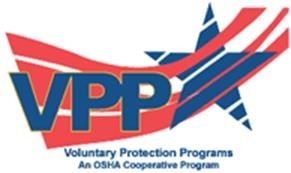
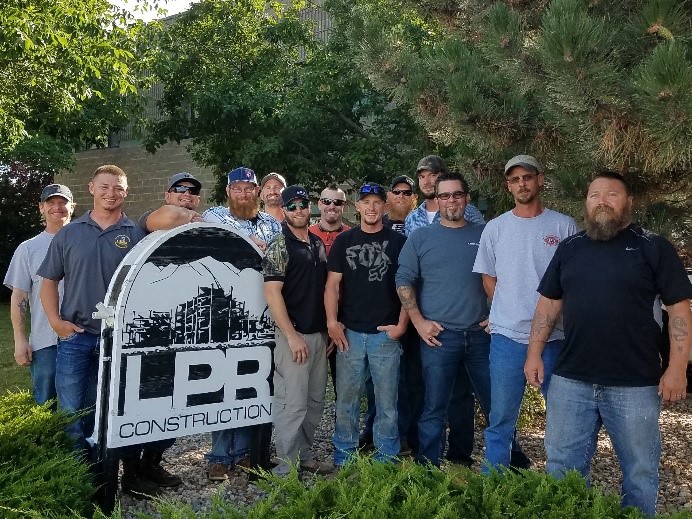
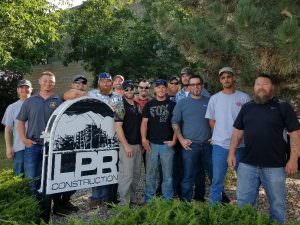
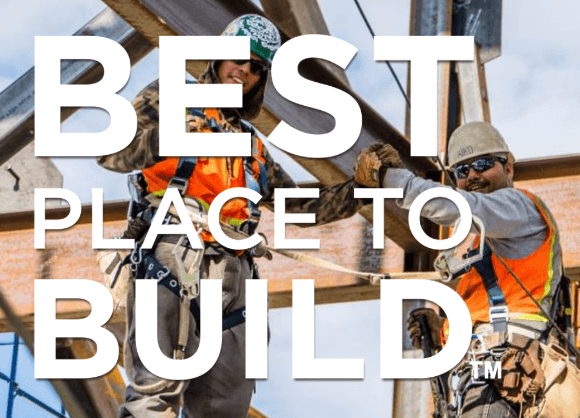
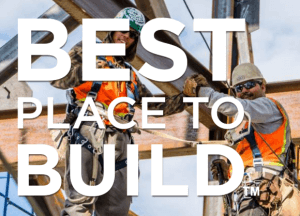 At LPR, we are committed to not only providing the best steel erection and industrial services to our customers, but we also believe that sharing best practices, providing thought leadership and understanding industry and employment trends will benefit us all. With the national unemployment rate for the construction industry at 4.5% according to the
At LPR, we are committed to not only providing the best steel erection and industrial services to our customers, but we also believe that sharing best practices, providing thought leadership and understanding industry and employment trends will benefit us all. With the national unemployment rate for the construction industry at 4.5% according to the